You never know who you might meet on a river cruise. It was my 89-year-old father-in-law, Noel, who first recognised a tall, professorial man only a few years younger than him remonstrating with an uninterested official at Munich airport about a pre-paid taxi to Passau, where we were due to board our ship.
‘That’s Humphrey Burton,’ said Noel. ‘We worked together at the Beeb, though he was far more important than me.’ Noel is forever modest but you could argue that Burton was the Melvyn Bragg of his day — a description I later put to him but one from which he recoiled not exactly in horror, but certainly in mild disgust.
‘I greatly admire Melvyn, particularly for hundreds of editions of In Our Time and nearly 30 years of The South Bank Show, but writing and politics always took up a substantial proportion of his working life,’ he said. ‘At one time I had 150 directors, 36 producers and researchers under my leadership. But that’s quite enough trumpet-blowing.’
Burton joined the BBC as a trainee studio manager in 1955 and rose to be the corporation’s first head of music and arts, before becoming a founder member of London Weekend Television, where he presented Aquarius. The recipient of four Emmies and two British Academy Television Awards, he wrote an acclaimed biography of his friend Leonard Bernstein and was made a CBE in the millennium honours.
So it was good to have him on board our naffly named Classical Music on the Danube cruise. In fact, Noel, Mrs P and I shared a table with Humphrey and his delightful Swedish wife, Christina, who (to continue the banding around of names theme) was something of the Selina Scott of her day on Swedish TV.
One of our first stops was Linz. Frankly, I knew almost nothing about the place, but assumed it was where they make Linz chocolate. But even that betrayed my ignorance. The chocolate is called Lindt and it’s made in Switzerland.
What I did know was that Hitler went to school in Linz and later had great plans for the city. Never one to play down his ambitions, the brute wanted to make Linz the cultural capital of Germany, displaying priceless works confiscated or stolen by the Nazis from all over Europe during the war they expected to win.
The Führermuseum was going to match anything in Vienna, a city he never liked, and Linz was going to be more beautiful than Budapest, while also serving as the country’s industrial powerhouse. Completion date for the project was meant to be 1950.
Thank goodness the only thing that got built was a bridge which opened in 1938 and was named the Adolf Hitler Bridge dedicated to the ‘glory of the state, the glory of the Bavarian Ostmark and the glory of National Socialist Germany’. It was blown up in 1945 in an attempt to slow the Allied advance and has since been replaced by the Nibelungen Bridge.
We were interested by all this but it was clear that Sebastian, our charming young Europhile guide, was happier talking about the present than the past and had no intention of embarking on a morning of what in the trade is called ‘dark tourism’.
Instead, we walked along the Danube and Sebastian pointed out the pretty church near the summit of the Pöstlingberg mountain, which can be reached by the steepest electric railway in Europe. Also on the north side of the river is Linz’s modern-day pride and joy, the Ars Electronica Center, sometimes known as the ‘museum of the future’.
Apparently, you can control robots, clone plants, take photos of your retina, telephone an android, isolate your own DNA or ‘experience a new dimension of travel through space and time’. None of this prompt- ed a big response on our part and we hoped that the building looked better at night than it does during the day.
Sebastian seemed disappointed that we had no further questions about the ‘museum of the future’ but he soon rallied as we made for the city’s wonderfully preserved old town, with its pastel-coloured 17th- and 18th-century buildings. Our first stop was Linz Castle, first mentioned as a deed of gift in 799 during the reign of Charlemagne, but rebuilt in the 17th century by Rudolf II. It is now home to the Upper Austrian Provincial Museum, which might have been interesting but it had been a steep climb to get there, after which Noel needed reviving. So we stopped for coffee and cake in a modern glass-fronted restaurant, from where we could see the city stretched out before us. What especially caught the eye was a sailing boat suspended in mid-air, an installation artwork that seemed completely incongruous. Perhaps that was the point.
 The city’s pretty Hauptplatz
The city’s pretty Hauptplatz
As we walked back down from the castle, we heard music coming from an upstairs window and were reminded of what Humphrey had told us at breakfast about Mozart stopping in Linz on his way to Vienna and quietly rustling up his Symphony No 36 in C major. Indeed, the entire work was completed in four days, and its premier took place in Linz on 4 November 1783 — well before it was first heard in Vienna five months later.
But it was not until we arrived in the Hauptplatz (main square) that we began wondering why on earth Linz does not have a higher profile. For starters, the square is massive and pretty much enclosed on all sides by tall handsome buildings. It was pour- ing with rain but we could imagine a party atmosphere in summer, with restaurants and cafés spilling out across the flagstones and hobnobbing with various statues and fountains.
At the centre is a 20-metre-high column (completed 1723), made of white marble and dedicated to the Holy Trinity. It was built in gratitude for the city surviving fire, war and plague — and I dare say Hitler would have demolished it had things turned out differently. But it seemed churl- ish to raise this with Sebastian just as he was also pointing out the magnificent baroque Jesuitenkirche, where the great Anton Bruckner served as organist. Fittingly, Linz’s new concert hall is named after him and the acoustics are apparently sensational. A short walk from the Hauptplatz brings you to the New Cathedral, which was finished in 1924 and looks more Anglican than Roman Catholic. It’s the biggest church in Austria and can accommodate 20,000.
At certain times of the year you can stay in the tower of the cathedral as part of what seems like a quirky idea known as Turmeremit (tower hermit), which started in 2009 when Linz was European Capital of Culture. And, no, you don’t have to come back down to earth for a pee.
By the time we returned to our ship my father in law was exhausted but we all rejoiced in having delved into a city about which we knew pre- cious little.
Got something to add? Join the discussion and comment below.
Get 10 issues for just $10
Subscribe to The Spectator Australia today for the next 10 magazine issues, plus full online access, for just $10.
You might disagree with half of it, but you’ll enjoy reading all of it. Try your first month for free, then just $2 a week for the remainder of your first year.

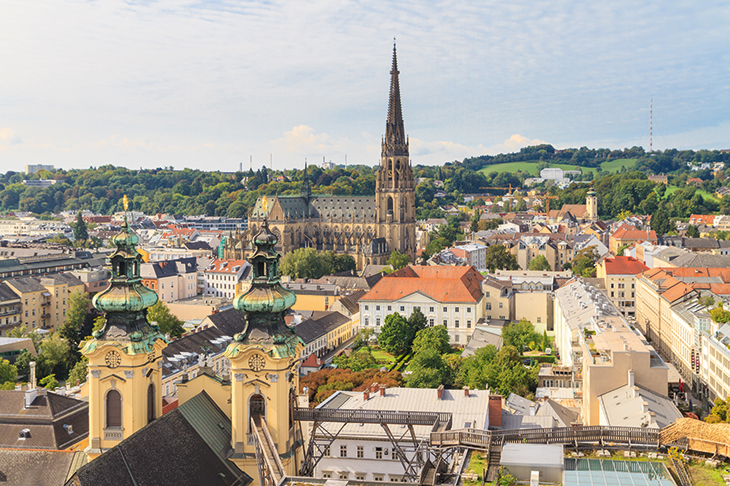
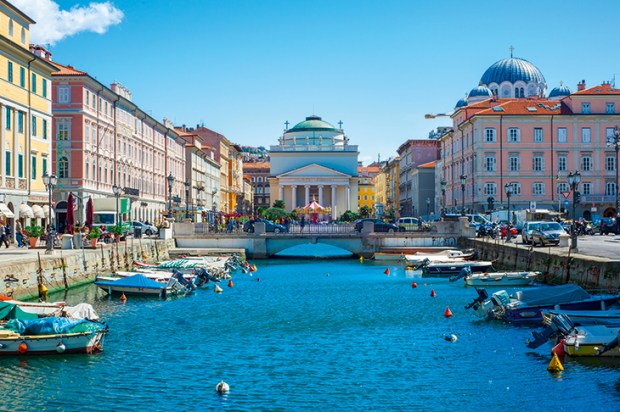
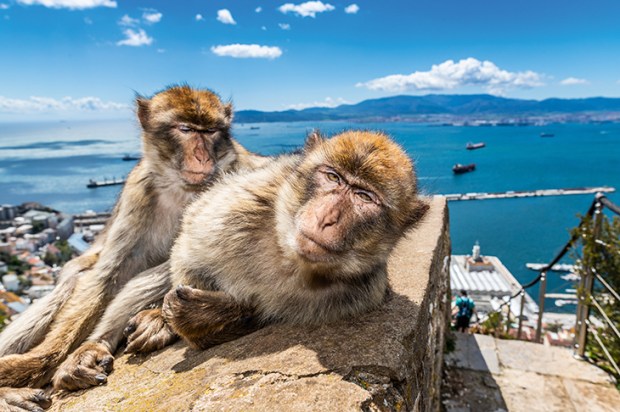
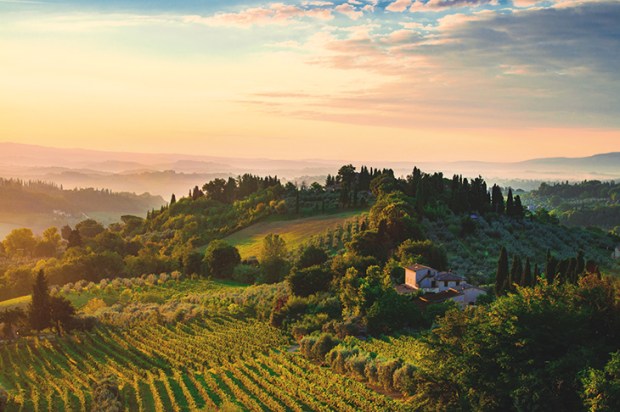
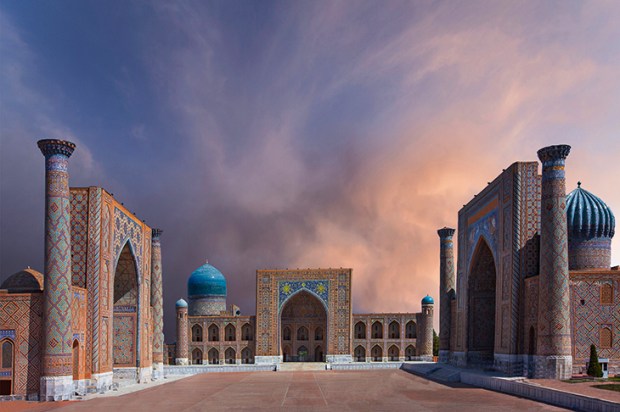
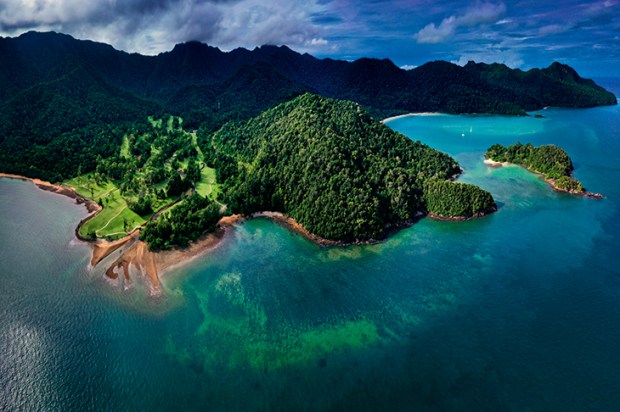
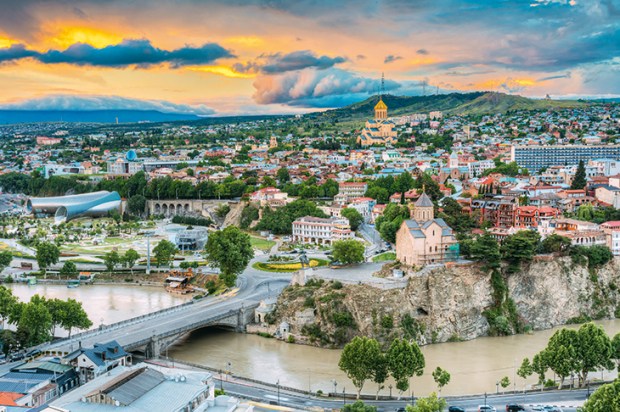






Comments
Don't miss out
Join the conversation with other Spectator Australia readers. Subscribe to leave a comment.
SUBSCRIBEAlready a subscriber? Log in